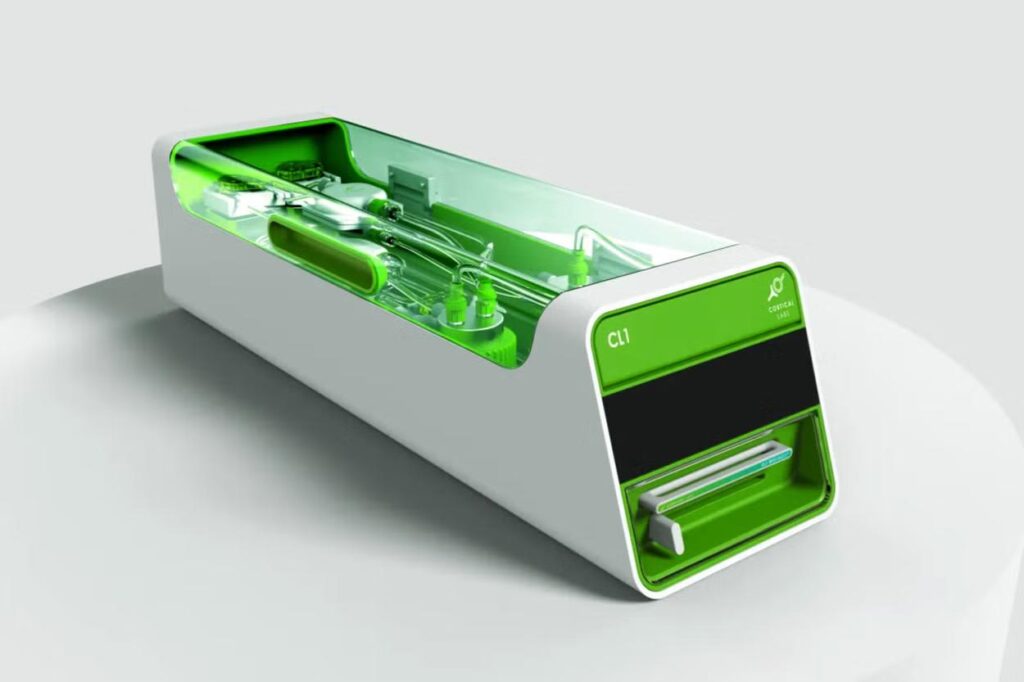In a groundbreaking fusion of biology and technology, Australian startup Cortical Labs has unveiled the CL1, the world’s first commercial computer powered by human brain cells. This innovative device integrates lab-grown neurons with silicon chips, offering a novel approach to computing that could revolutionise artificial intelligence (AI) and robotics.
The CL1 operates by cultivating human neurons on a silicon chip, enabling them to transmit and receive electrical signals. These neurons are integrated into Cortical Labs’s Biological Intelligence Operating System (biOS), allowing users to execute code through the neural network and perform computing tasks. An internal life support system maintains the viability of the neurons for up to six months, regulating essential factors such as gas flow and temperature.

One of the most compelling advantages of the CL1 over traditional computers is its ability to learn and adapt more efficiently while consuming significantly less energy. In previous experiments, a prototype featuring 800,000 human and mouse neurons demonstrated self-learning capabilities by mastering the video game Pong. This suggests that biological computing systems like the CL1 could offer more efficient and adaptable solutions for complex tasks.
However, the integration of living neurons into computing devices raises ethical questions, particularly concerning consciousness and sentience. Cortical Labs acknowledges these concerns and claims to have implemented safeguards, though specific details have not been disclosed.
The CL1 is set to be available for purchase starting in June, with each unit priced at approximately $35,000 (£27,000). Dr Hon Weng Chong, founder and CEO of Cortical Labs, expressed enthusiasm about the launch, stating that the company’s long-term mission has been to democratise this technology, making it accessible to researchers without specialised hardware and software. He emphasised that while the announcement is exciting, the real impact will come from the innovations that researchers and developers build upon this foundation.
The introduction of the CL1 marks a significant milestone in the convergence of biological systems and computing, opening new avenues for the development of AI and robotics. As this technology evolves, it will be crucial to address the ethical implications and ensure responsible integration into various applications.
World’s first ‘body in a box’ biological computer uses human brain cells

